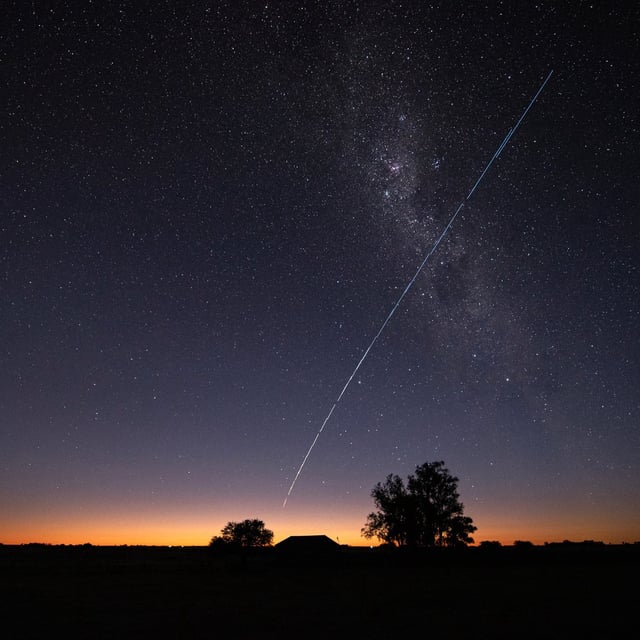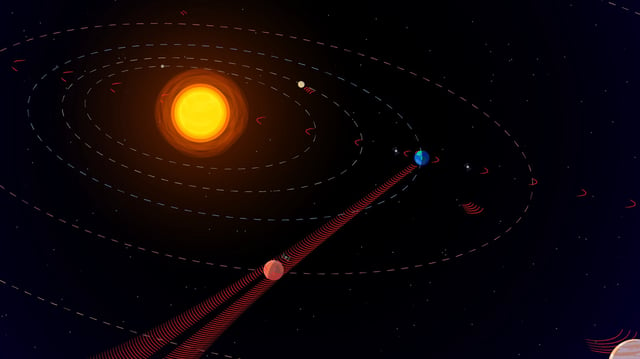Overview
- Most powerful uplinks cluster within about 5 degrees of the ecliptic, with transmissions frequently aimed at spacecraft near Mars, other planets, and Sun–Earth Lagrange points.
- An observer positioned to see an Earth–Mars alignment would have a 77% chance of lying in the path of one of our transmissions, compared with 12% for alignments with other planets.
- The team estimates an average Deep Space Network uplink would be detectable roughly 23 light-years away using telescopes comparable to current facilities.
- The authors recommend targeting exoplanet systems oriented edge-on and timing searches to planet–planet or planet–star alignments, leveraging the same geometry used by transit surveys.
- The work appears in The Astrophysical Journal Letters and was presented at the 2025 Penn State SETI Symposium, with plans to compile nearby candidate systems and expand opportunities as the Nancy Grace Roman Space Telescope grows the transit catalog.


